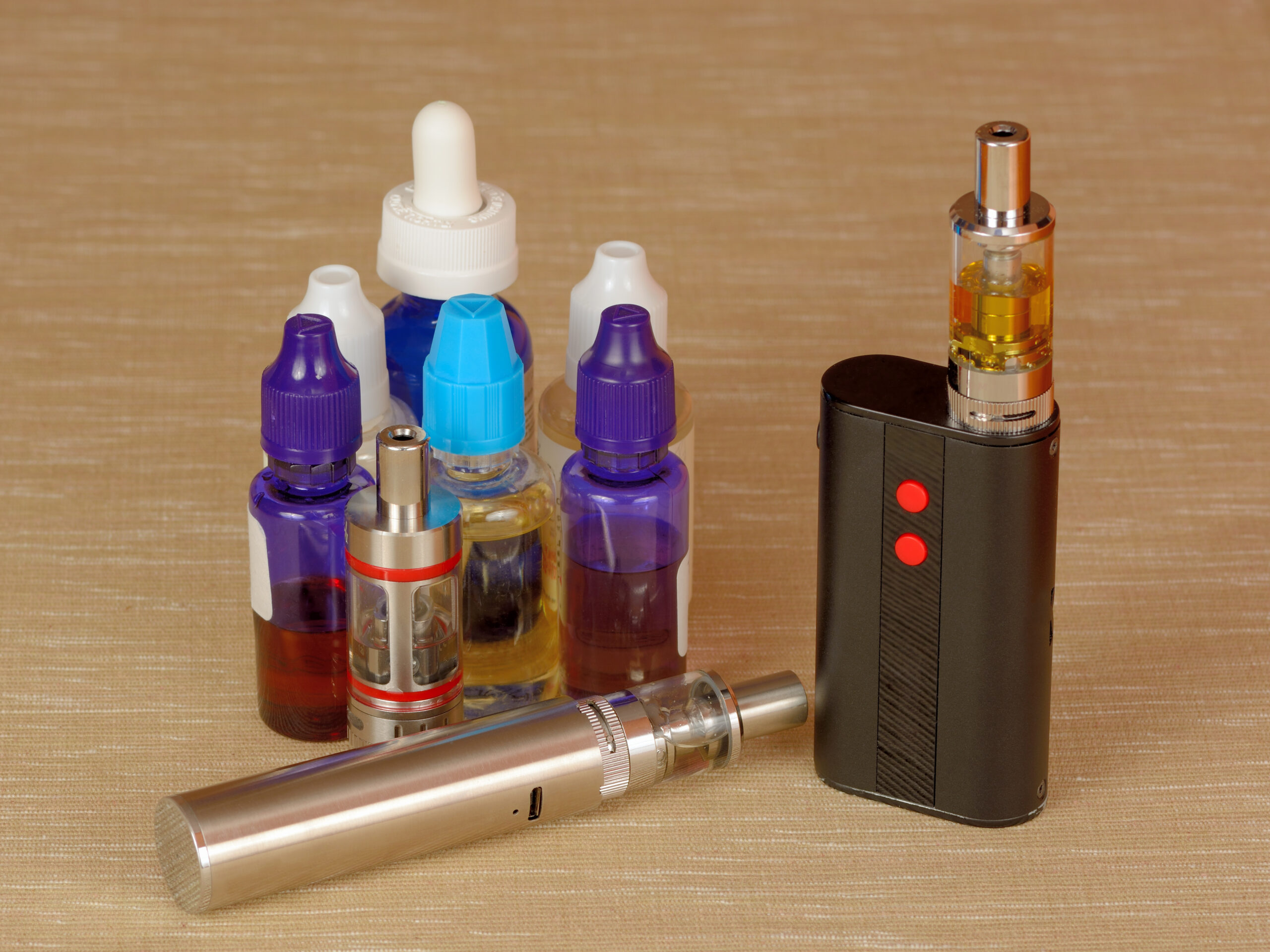Keep energy levels steady
‘Blood sugars’ is the term for the amount of sugar circulating in our blood at a given time, ready to provide us with energy. Ideally, we keep our blood sugar levels fairly stable throughout the day, which will in turn keep our energy levels steady. We can do this by eating regularly. After a night’s sleep we break the fast when we eat breakfast. Before this, our blood sugars may be low meaning we can feel lethargic. By mid-morning, we’ll have digested breakfast and might be ready for a small snack to tide us over until lunch. Similarly again, we may like a snack around 3 or 4pm to keep us going til dinner.
Hooray. I can snack on cakes and biscuits?
Erm, not quite. The ‘Glycemic Index (GI)’ rates food containing carbohydrates, showing how quickly it affects our blood sugar (glucose) levels. Bear with us, we’ll explain.
A high GI rating indicates carbs that are broken down quickly in the body, causing a rapid rise and fall in blood glucose. For example, a piece of cake has a high GI score and will send our blood sugar levels soaring, and crashing, pretty rapidly. In contrast, a bowl of porridge has a lower GI score and causes a slower, gentler rise and fall in blood sugar over a longer time frame.
Other high GI foods include sugary foods and drinks, white bread, white rice and potatoes. Young children feasting on sweeties, going bananas and then dissolving into a tantrum or puddle of tears, is a fine example of high GI foods causing a spike and plummet in glucose levels. We’re sure you’ve heard of ‘a sugar crash’.
When our blood sugar drops too low, when we’ve not eaten for a long time or we’ve had a sugar crash after eating sugary foods, we’re likely to get feelings of intense hunger. This is when we might make the wrong choice and hit the bread bin or biscuit tin. We can end up feeling like failures and either restricting food to make up for it, or falling off the wagon altogether as we’ve already ‘failed’.
The quality and quantity of the foods you eat are key. High fibre, low and medium GI foods like oats, pulses and berries have a steadier effect on blood glucose than processed, sugary foods and may help to feel fuller for longer. Thinking about what we eat and when we eat it, can help us progress towards our weight loss goals.
Ideas to help
- Be kind to yourself, know you will make mistakes and that’s OK.
- Try a daily framework of three regular meals with a couple of healthy snacks.
- Be mindful of what you’re eating and why. Does a bowl of frosted flakes fill you up? If you’re hankering after something sweet and crunchy, try a lower GI alternative like granola and yoghurt with a drizzle of honey. The protein and fibre will leave you feeling fuller for longer.
- Start thinking of food as fuel, instead of good or bad. High GI foods with empty calories don’t provide an effective fuel. And who doesn’t want to be fueled optimally to be able to work and play at their best?
Next time, instead of thinking ‘I shouldn’t eat that cake because it’s bad for me’, change your thought process to ‘I’m hungry now and I know that cake won’t fill me up. I’ll have eggs on toast instead to fuel my body. Later, if I still fancy some cake, I might have a little bit’.





